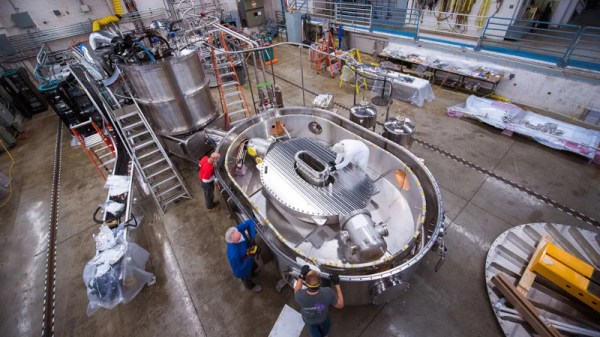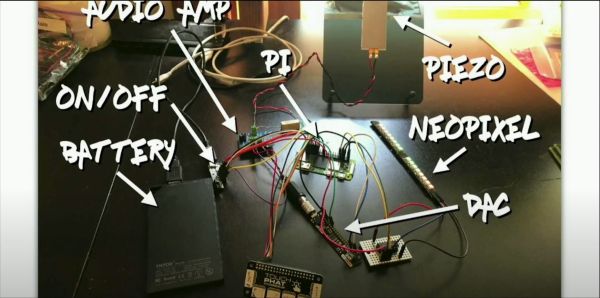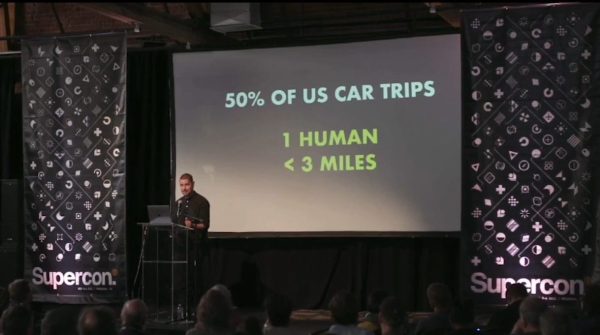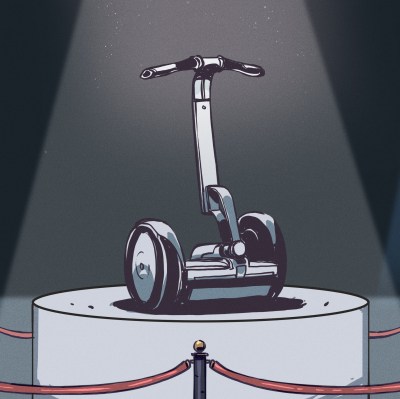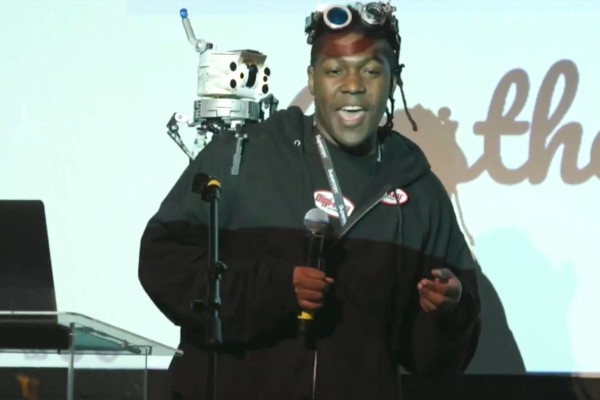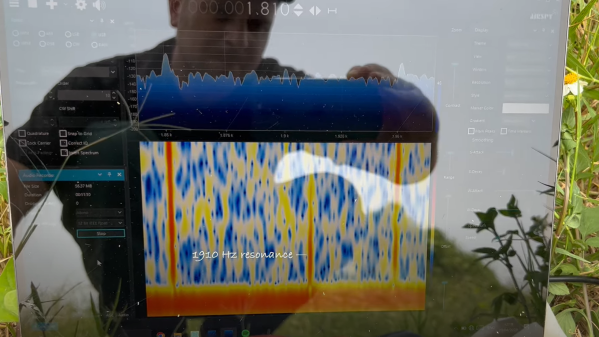When we closed the official Call for Participation for both workshops and talks last week, a good handful of folks wrote to us and asked if they could slip their presentation application in after the deadline. Who are we to say “no” to potential presenters? We want to see all the ideas!
We’re officially extending the Call for Speakers and the Call for Workshops for another week. Get your outline in before Aug. 1st at 9:00 AM PDT, and it’ll be in the selection for Supercon. (And no, we’re not going to extend it twice!)
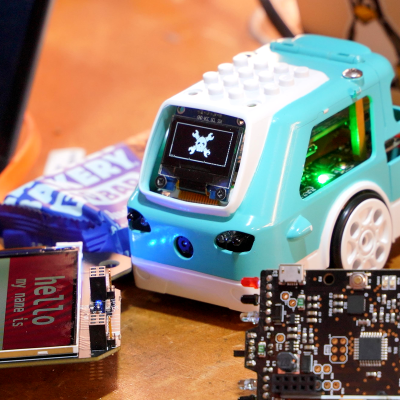 The Hackaday Superconference is really and truly our favorite event of the year. It’s small, but not too small. The ideas everyone brings with them, however, are big. It’s like the absolute best of Hackaday live and in person. If you’re looking for a place to give a technical talk, or just to regale us all with the trials and triumphs of hacking, you won’t find a more receptive audience anywhere. Plus, presenters get in free.
The Hackaday Superconference is really and truly our favorite event of the year. It’s small, but not too small. The ideas everyone brings with them, however, are big. It’s like the absolute best of Hackaday live and in person. If you’re looking for a place to give a technical talk, or just to regale us all with the trials and triumphs of hacking, you won’t find a more receptive audience anywhere. Plus, presenters get in free.
Behind the scenes, we’re still working on the badge, but we’ve got many of the details fully hammered down. Expect tickets to go on sale in the second week of August – early bird tickets sell out fast. Keep your eyes on Hackaday for the announcement post when it goes live.
We know that November seems a long way out, but we’re looking forward to seeing you all already. Hooray for Supercon!


